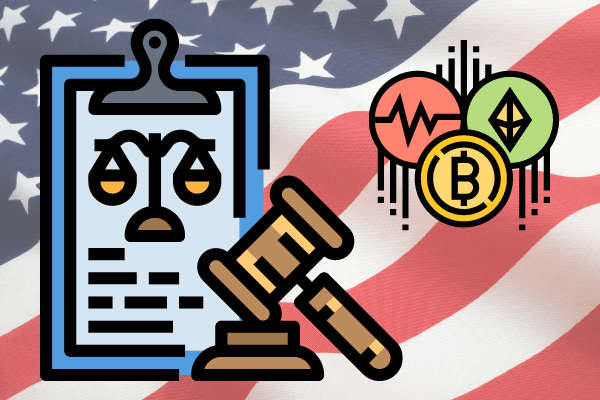
- Cryptocurrencies were the first to rebound over the past several weeks as investors grew more sanguine on the prospect of supersized Fed rate hikes.
- A strengthening dollar has also been blamed for the recent decline in cryptocurrency prices, which tend to move inversely to dollar strength, as risk appetite wanes.
Bitcoin dipped to a more than one-week low, brought lower by anxiety over an impending U.S. Federal Reserve interest rate hike coupled with increased regulatory action in the sector.
Bitcoin fell by as much as 6.5% yesterday to trade just below US$21,000 before recovering above that level in Asian trading today.
Other cryptocurrencies fared much worse, notching double-digit percentage dips as sentiment soured on risk assets in general.
Thin trading meant that even small bouts of selling led cryptocurrency prices lower, with growing skepticism over a recent rally’s durability.
Cryptocurrencies were the first to rebound over the past several weeks as investors grew more sanguine on the prospect of supersized Fed rate hikes.
But as the Fed’s policy meeting neared, and the reality of a 0.75% increase in borrowing costs, investors fled from risk assets, including cryptocurrencies.
Exacerbating the rout, the collapse of some of the biggest firms in the cryptocurrency sector, including Celsius Network and Three Arrows Capital, have rattled nerves at a time of thin liquidity.
Bitcoin is now down over 55% this year alone and more than 70% off its all-time-high.
Coinbase Global (+3.03%) is now facing a U.S. Securities and Exchange Commission probe into whether the exchange allowed Americans to trade cryptocurrencies that ought to have been registered as securities.
Several Coinbase Global executives have also been charged with insider trading and longtime supporter Cathie Wood’s Ark Investment Management has seen its ETFs dump slightly over 1.41 million shares of the exchange at a steep loss.
A strengthening dollar has also been blamed for the recent decline in cryptocurrency prices, which tend to move inversely to dollar strength, as risk appetite wanes.



